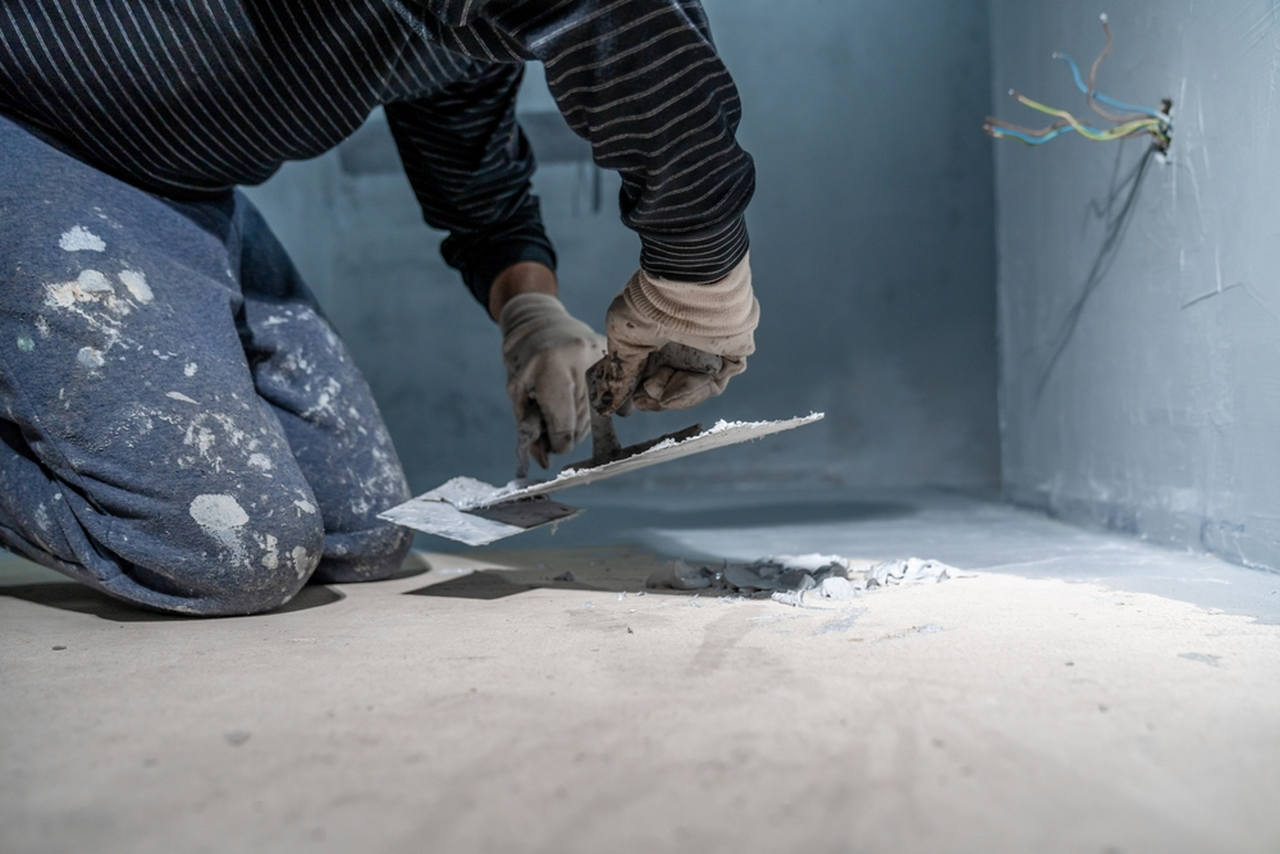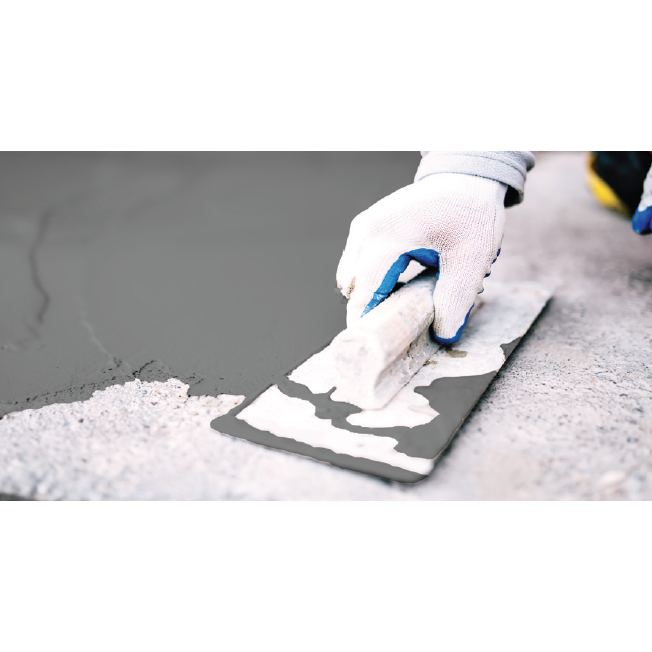Beginner’s Guide to French drain installation Omaha: Avoiding Mistakes

All About Waterproofing: Recognizing Its Significance and Advantages for Your Home
Waterproofing is an important element of home maintenance that lots of homeowners ignore. It offers to protect structures from the damaging impacts of water seepage, which can result in considerable problems with time. Comprehending the various methods and their importance can assist house owners make notified decisions. As the conversation unravels, the genuine question continues to be: exactly how can reliable waterproofing change a home's resilience versus moisture-related hazards?
What Is Waterproofing and Just How Does It Work?
Waterproofing is an essential process designed to shield structures and structures from water infiltration. It includes the application of different products and strategies that create a barrier, preventing water from passing through surfaces. Typical waterproofing approaches include the use of membranes, finishings, and sealants, which can be related to roofing systems, foundations, and walls. Each technique is selected based upon the certain demands and problems of the structure.The efficiency of waterproofing relies on correct installation, ensuring that all locations are effectively covered and sealed. Materials such as bituminous membrane layers, fluid waterproofing compounds, and cementitious finishings are regularly used, each offering special advantages. Furthermore, drainage systems might be integrated to reroute water away from at risk areas, even more boosting protection. Generally, waterproofing not just safeguards structural honesty yet additionally boosts longevity, making it an essential consideration in building and construction and renovation jobs.
The Importance of Waterproofing for House owners
Home owners face many difficulties in preserving their residential properties, and one of the most significant problems is water damage. This concern can develop from different sources, including hefty rains, flooding, and plumbing failures. When left unaddressed, water damage can bring about severe structural troubles, mold and mildew development, and pricey repairs. Waterproofing stands as a crucial safety net that safeguards homes from these potential risks.
Usual Waterproofing Approaches and Techniques
When taking into consideration waterproofing methods, house owners can choose from a variety of effective services. Outside waterproofing options focus on avoiding water from passing through the structure, while interior waterproofing methods attend to moisture issues once they have taken place. Comprehending these options is vital for keeping a dry and healthy and balanced home setting.
Exterior Waterproofing Solutions
To secure a home from water breach, various exterior waterproofing services can be utilized, each customized to the specific requirements of the structure. One typical technique is the application of waterproof membranes, which produce an obstacle versus wetness. These membranes can be either liquid-applied or sheet-based, depending upon the installation requirements. One more effective strategy includes making use of water drainage systems, such as French drains pipes, that redirect water away from the structure. Furthermore, using exterior sealants can help secure surfaces from water infiltration and deterioration. Landscape design remedies, consisting of grading and proper water drainage, can additionally add notably to stop water buildup around the structure. Each of these methods plays a crucial function in enhancing the longevity and resilience of the building.
Inside Waterproofing Techniques
Inside waterproofing methods are essential for securing a home versus wetness and water damage. Usual approaches include the application of sealants and membrane layers, which develop a barrier on walls and floorings to avoid water infiltration. Inside drain systems, such as sump pumps and French drains pipes, efficiently redirect water far from vulnerable areas. Additionally, vapor barriers can be set up to obstruct wetness from penetrating with walls and floors, especially in cellars and crawl spaces (Water Solutions). Routine upkeep and examination of these systems are necessary to ensure their performance. Additionally, addressing any kind of plumbing leakages or condensation problems promptly can greatly boost the overall waterproofing strategy. With each other, these methods give homeowners with a comprehensive technique to minimizing the threat of water-related issues
Indications Your Home Demands Waterproofing
House owners ought to understand key signs that their residential property might need waterproofing. Visible water damage, moldy odors, and constant mold development are important indicators that wetness is jeopardizing the integrity of the home. Resolving these issues without delay can protect against more damages and guarantee a healthier living setting.
Visible Water Damages
Visible water damages works as a clear indicator that a home may require waterproofing procedures. Home owners ought to be vigilant for signs such as water discolorations on wall surfaces or ceilings, peeling off paint, and deformed floor covering. These noticeable symptoms often signify underlying dampness concerns that, if left unaddressed, can cause much more considerable damages and costly fixings. Mold growth can also occur, though it will be continue reading this talked about in the following section. Furthermore, property owners ought to inspect basements and crawl rooms for moisture or efflorescence on concrete surface areas, which shows wetness penetration. Discovering these indicators early can help stop even more degeneration of the home's architectural stability. Prompt waterproofing steps can safeguard the financial investment and preserve a healthy living environment.
Musty Odors Existing
Moldy odors are often an indicator that moisture is sticking around in hidden locations of a home, indicating the demand for waterproofing solutions. These undesirable smells regularly arise from moist cellars, creep rooms, or behind wall surfaces, where water seepage may not be promptly visible - Water Solutions. House owners need to pay attention to these odors, as they suggest that excess moisture is caught, possibly bring about additional damage. The presence of stuffy scents can endanger indoor air top quality, influencing the health and wellness and convenience of citizens. Ignoring this cautioning indication can cause much more severe problems, making punctual assessment and action essential. By resolving waterproofing demands, house owners can eliminate stuffy smells and develop a healthier living setting
Regular Mold And Mildew Development
Regular mold and mildew development is a clear indication that a home might be experiencing moisture problems, requiring waterproofing actions. Mold and mildew flourishes in damp settings, making it a considerable issue for property owners. Indications of mold and mildew can include dark areas on wall surfaces, ceilings, and around home windows, as well as a relentless moldy smell. If mold and mildew appears repeatedly regardless of cleaning up initiatives, it recommends underlying dampness problems. This can result from leaks, insufficient drain, or high humidity degrees. Ignoring these indicators can lead to architectural damage and health and wellness risks, especially for individuals with breathing problems. Attending to waterproofing immediately can help reduce mold growth, guaranteeing a much safer and much healthier living atmosphere. Home owners should think about professional analyses to figure out the extent of the moisture trouble.
The Long-Term Benefits of Purchasing Waterproofing
Investing in waterproofing uses home owners an extensive sense of safety and security and assurance, useful link knowing their residential or commercial property is protected versus moisture-related damages. This proactive strategy significantly lowers the threat of architectural issues, such as timber rot and structure cracks, which can cause costly repair work gradually. Additionally, waterproofing aids maintain indoor air high quality by reducing mold development, which can have adverse health implications for occupants.Furthermore, waterproofing improves the sturdiness of a home, ultimately preserving its worth. A well-protected home is extra eye-catching to possible customers, as they are less likely to run into covert dampness troubles. This financial investment additionally adds to power effectiveness; properly secured rooms avoid drafts and minimize heating and cooling costs. In general, the lasting advantages of waterproofing not just guarantee the structural stability of a home but also cultivate a healthier living environment and reinforce the home's marketability.
Choosing the Right Waterproofing Professional for Your Home
Just how can a home owner assurance they pick one of the most competent waterproofing professional for their demands? The process begins with complete study and acquiring multiple quotes. Home owners should seek experts with a strong track record, verified qualifications, and considerable experience in waterproofing. Examining on-line evaluations and asking for references can offer beneficial understanding into a specialist's integrity and quality of work.Moreover, it is necessary to ask about the particular waterproofing approaches each professional uses, as well as the materials made use of. Home owners need to validate that the picked service provider is accredited and insured, which safeguards against possible liabilities. A credible professional will certainly additionally provide a comprehensive contract detailing the range of job, timeline, and warranty info. By focusing on these criteria, homeowners can make educated decisions, ultimately bring about boosted security against water damage and a reliable waterproofing service customized to their home's requirements.
Regularly Asked Inquiries
Can Waterproofing Be Performed In Winter Months or Cold Weather?
Waterproofing can be testing throughout winter or winter because of lower temperatures affecting products' adhesion and curing processes. Specialized products designed for cool conditions can make it possible for successful waterproofing applications also in winter season months.
How Commonly Should I Water-proof My Home?
The frequency of waterproofing a home typically depends upon different elements, consisting of climate and material high quality. Specialists recommend examining conditions annually and reapplying every five to 10 years, or quicker if significant wear appears.
Does Waterproofing Affect Home Resale Value?
Waterproofing can considerably influence a home's resale worth (Landscape drainage Omaha). Potential buyers commonly watch waterproofing as a safeguard versus water damage and mold and mildew, enhancing the residential property's allure and bankability, potentially leading to higher deals and quicker sales
Is DIY Waterproofing Effective for All Houses?
The efficiency of DIY waterproofing varies by home. Aspects such as residential property age, ecological conditions, and existing damage impact outcomes. Homeowners need to assess their particular situations before attempting do it yourself services to ensure lasting protection.

Exist Eco-Friendly Waterproofing Options Available?
Environmentally friendly waterproofing alternatives do exist, consisting of natural sealants like browse around these guys beeswax and plant-based products. These options decrease environmental impact while effectively protecting frameworks from water damage, interesting home owners seeking lasting options for their waterproofing needs.